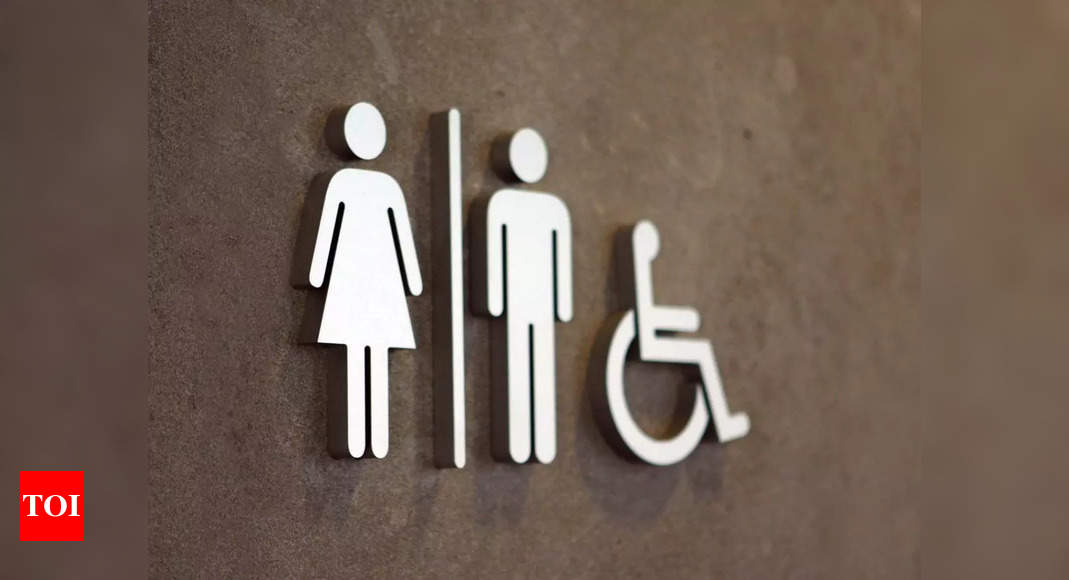
NEW DELHI: In an unusual move, a major tourist attraction in China has installed times in women’s restroom. The administration in Yungang Grottoes cave complex in Northern China has installed times on the doors of women’s toilets in efforts to cut down restroom queueing time.
The tourist site in Datong city of Shanxi Province is known for its 252 caves and 51,000 Buddha statues.The administration is under heavy fire after a video showed timers installed outside the cubicles in the restroom. The timer shows the duration of the time the door had been shut.
A staff member of the site said the installation of new timers was to “cope with an increase in the number of visitors for its innovative restroom management,” a state-run newspaper Xiaoxiang Morning Herald report quoted.
The timers do not impose a time limit but only indicate whether the toilet is occupied.
China’s Yungang Buddhist Grottoes is a UNESCO heritage site. With their 252 caves and 51,000 statues, the site represents the achievement of Buddhist cave art in China in the 5th and 6th centuries. The Five Caves created by Tan Yao, with their strict unity of layout and design, constitute a classical masterpiece of the first peak of Chinese Buddhist art.
The video has sparked a heated debate on social media.
“Your time is counted! Timers have been installed in the women’s toilets in the Yungang Grottoes scenic area in Shanxi, China. It is said that this is a way to cope with the increasing number of visitors to the Yungang Grottoes and the fact that the toilets in the scenic area are free of charge, which has resulted in “not enough toilets”. How would you feel if you have to use such a toilet?” a user wrote.
The tourist site in Datong city of Shanxi Province is known for its 252 caves and 51,000 Buddha statues.The administration is under heavy fire after a video showed timers installed outside the cubicles in the restroom. The timer shows the duration of the time the door had been shut.
A staff member of the site said the installation of new timers was to “cope with an increase in the number of visitors for its innovative restroom management,” a state-run newspaper Xiaoxiang Morning Herald report quoted.
The timers do not impose a time limit but only indicate whether the toilet is occupied.
China’s Yungang Buddhist Grottoes is a UNESCO heritage site. With their 252 caves and 51,000 statues, the site represents the achievement of Buddhist cave art in China in the 5th and 6th centuries. The Five Caves created by Tan Yao, with their strict unity of layout and design, constitute a classical masterpiece of the first peak of Chinese Buddhist art.
The video has sparked a heated debate on social media.
“Your time is counted! Timers have been installed in the women’s toilets in the Yungang Grottoes scenic area in Shanxi, China. It is said that this is a way to cope with the increasing number of visitors to the Yungang Grottoes and the fact that the toilets in the scenic area are free of charge, which has resulted in “not enough toilets”. How would you feel if you have to use such a toilet?” a user wrote.
“A tourist site isn’t an office – who would spend their time in the toilets? Is it really necessary?” said a user wrote on Weibo, China’s largest social media platform.





